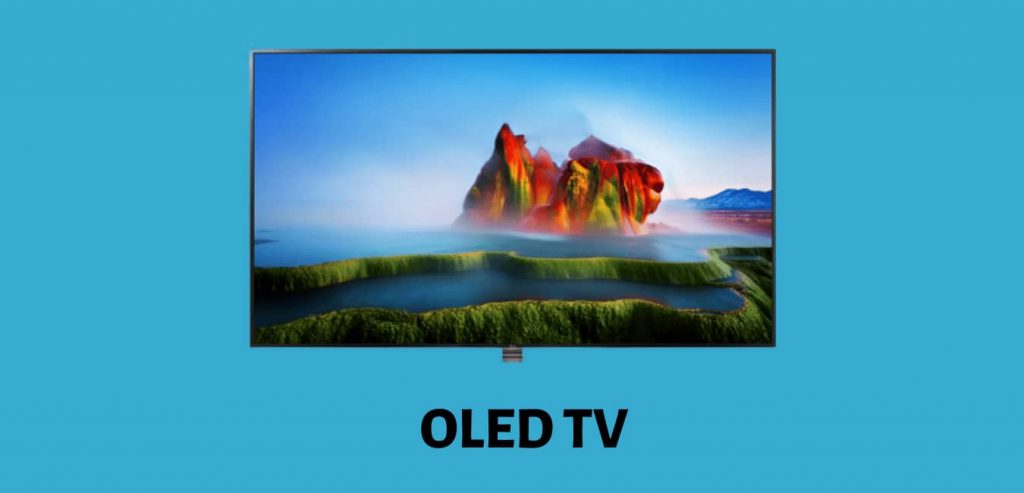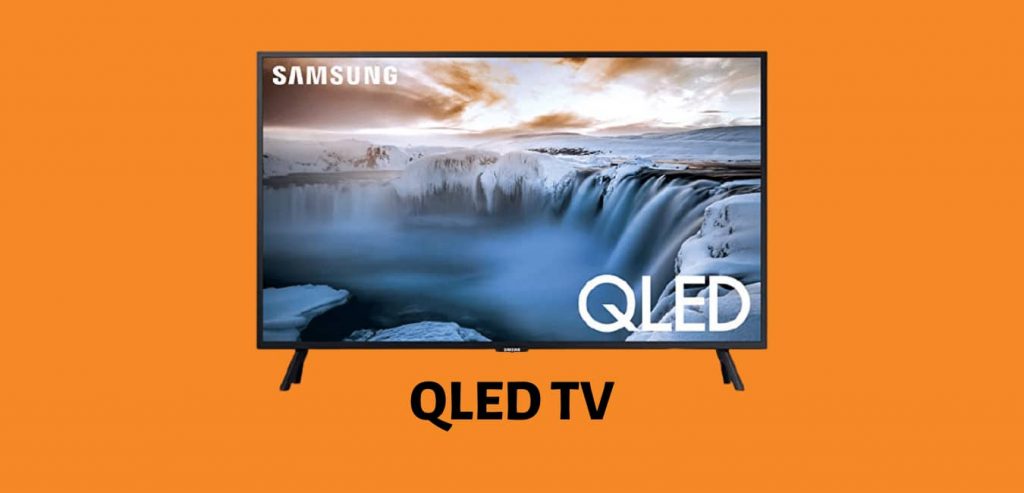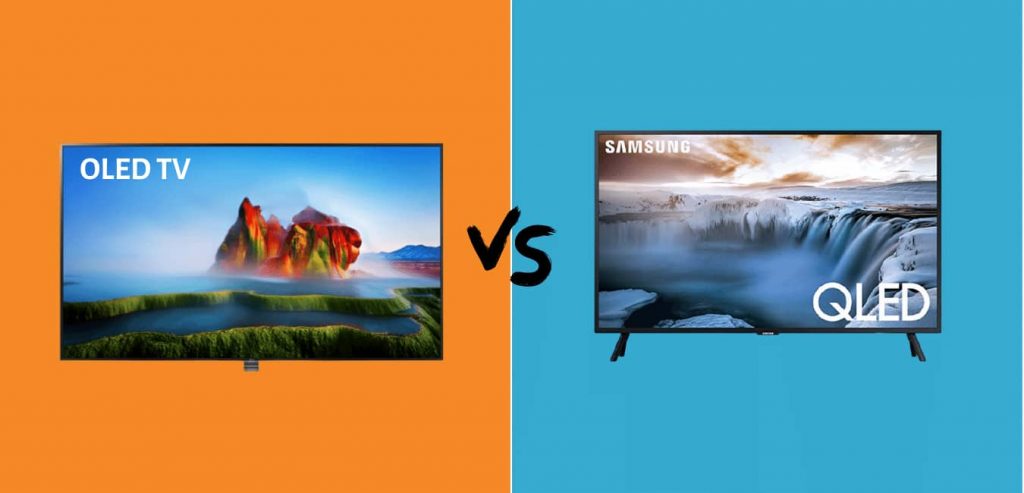The OLED Vs QLED TV is the hottest new debate in the year 2021. The TV landscapes appear to be getting more sophisticated by the minute, and the users are not complaining. However, the terms can get confusing, sometimes even for fanatics. Nevertheless, here we are to help you understand the terms and to get to know your devices a little better. So, which is better, QLED or OLED? Well, read on to find out:

OLED or the ‘Organic Light-emitting diode’, is one of the popular names you will come across more often. The term suggests that every pixel is a tiny LED light and has the tendency to emit both light and color from the same element. So, in a sense, the OLED Tv does not require any backlight as each pixel can emit its light. This is also termed as ‘Emissive’ or ‘Self-emissive’. The technology turns off the pixel when it needs to block the remains of a dark scene, this is much simpler than the QLED or LED that requires to dim its backlight to achieve the same results. Currently, LG is the only company that manufactures OLED panels, also known popularly as the LG Display. The company is also known to supply the panels to other companies like Sony, Panasonic, Philips.
Advantages of OLED TV
- This TV is much more flexible, lighter, and thinner in comparison to the other TV technology.
- This technology allows the use of plastics instead of glass, thus making it much thinner to carry and fix as and when required.
- Since this technology is quite organic in comparison, thus these are a lot brighter than the other TV technologies.
- As the technology does not require any backlighting, these consume less power and are much efficient.
- Due to its ‘lightweight nature, this device can be made into larger sizes or sheets, thus bringing home the ‘larger than life picture.
- With a 170 degree, the OLEDs have a large field of view. This TV technology produces its light and has a wider viewing range.
Disadvantages of OLED TV
- The Blue organics have shorter lifetimes as compared to the red and green OLED films, thus, bringing down the lifetime of the TV.
- The manufacturing of OLED TV technology is comparatively expensive.
- The OLED TV is intolerant to exposure to water.
Also Read: Best LED TV in India
What is QLED TV?

The OLED TV is much like the LCD as considered by the experts. The technology comprises the Quantum Dots, which are microscopic molecules which on being exposed to the light, emit their coloured light. The QLED television technology comprises the dots that are contained in a film. The light that is required to be hit the molecules for the technology to work is provided by the LED backlight. This resulting emitted light is made to travel through a few more layers to take effect. This includes the Liquid crystal layer or the LCD, which is responsible for the creation of pictures. The resulting final light which emerges from the layers is transmitted onto the screen, thus, earning the term ‘transmissive.’ The technology has been manufactured by the Samsung company currently. The other companies that have been borrowing the technology from Samsung are Hisense and Vizio. One usually asks which is better, QLED or OLED? Well, read more to find out.
Advantages of the QLED TV
- These are better resistant to moisture and water, thus having a better life span as compared to other technology types.
- As these are better in resistance to moisture hence they do not require the vacuum evaporation process, thus, bringing down the cost of the product considerably.
- As these are available in various display sizes, hence these offer more and better options to the users.
- These are thin and lightweight in comparison to other technologies.
- The switching speeds are quite quick.
- The brightness of the QLED TV is about 50 to 100 times better than the other technologies.
- The major difference between OLED and QLED is the fact that the latter does not suffer from the light-bleed effect.
Disadvantages of the QLED TV
- The QLED technology does not utilize the backlight for illumination.
- These usually suffer from the ‘Light bleed’ effects. This usually amounts to a slight haze around bright objects and scenes.
- This display has only one’ best viewing angle’, and that is in the centre. Hence the people on the edges cannot enjoy the same viewership as those in the centre.
- When it comes to the OLED vs QLED pros and cons, the major drawback of the latter is the fact that it has less saturated Blues.
Also Read: Best 32 inch LED TV
OLED Vs QLED TV: Difference between QLED and OLED

So, now that we have featured the details of each of the TV technologies above, it is time to tally them side-by-side:
FEATURE | OLED TV | QLED TV |
Black Levels and Contrasts | OLED is better | Not as good |
Brightness | Not as good | QLED is better |
Color Space | Equally good | Equally good |
Response Time | OLED is better | Not as good |
Input lag | OLED is better | Not as good |
Refresh Rate | OLED is better | Not as good |
Viewing Angle | OLED is better | Not as good |
Size | Not as flexible | QLED is the winner |
Lifespan | Not as good | QLED is better |
Screen Burn-in | Not as good | QLED is better |
Power Consumption | OLED is better | Not as good |
Eye Comfort | OLED is better | Not as good |
Price | OLED is expensive | QLED is affordable |
Also Read: Best Laptop Under 40000 in India
Conclusion: What's better, QLED or OLED?
The comparison between the two can be lengthy as it depends upon various factors. However, let us evaluate to know better:
Bright And In A Budget: If you are looking out for better, brighter pictures on a budget, you must go for the QLED TV type. These might not be as fine as the other TV technology in comparison, but it fits into your pockets just fine.
Larger Than Life: It is OLED for those of you who desire better and bigger picture quality. The OLED technology is all about sleeker, meaner, and better than before images like never before.